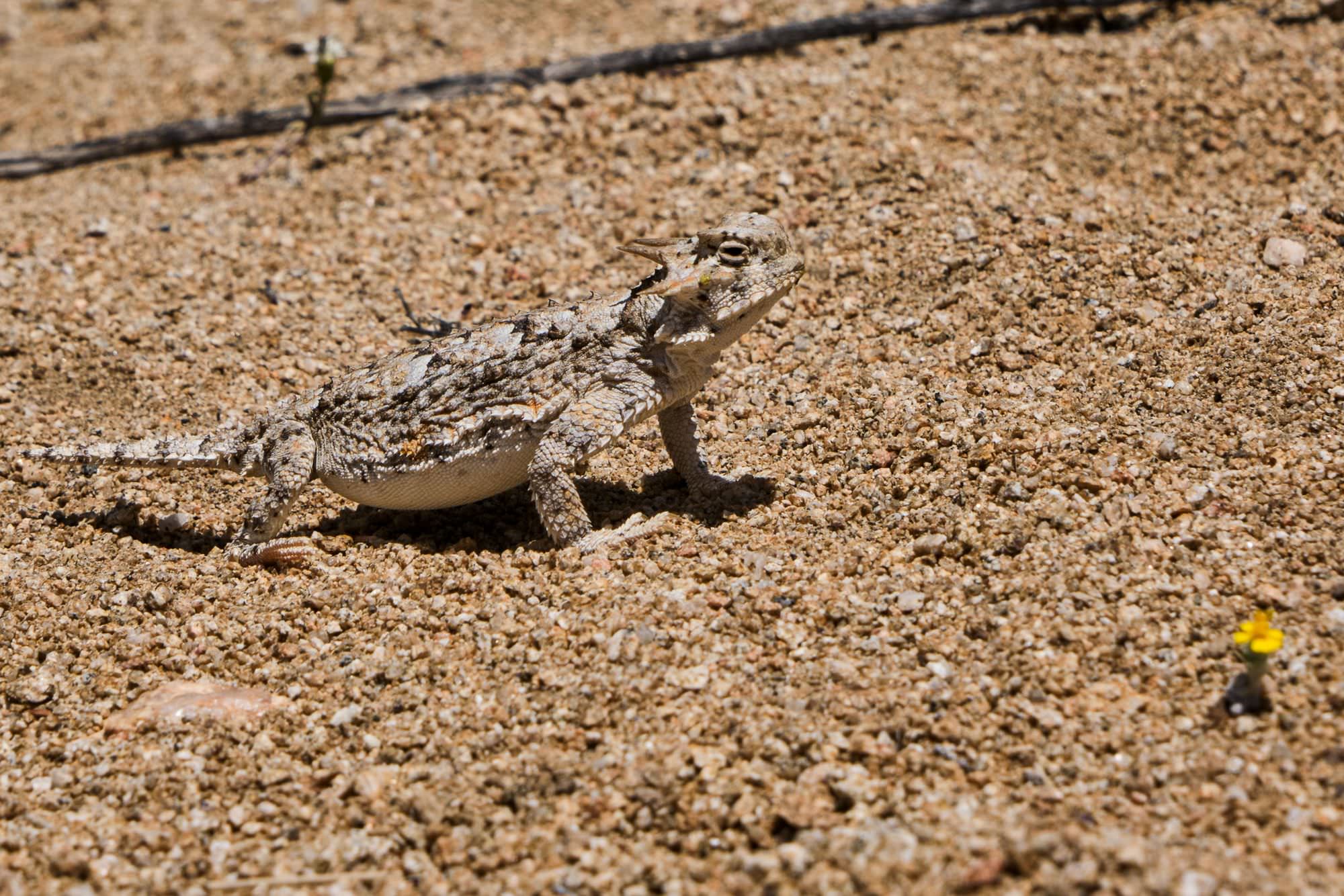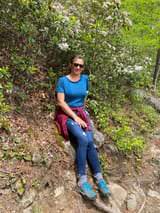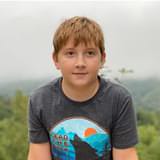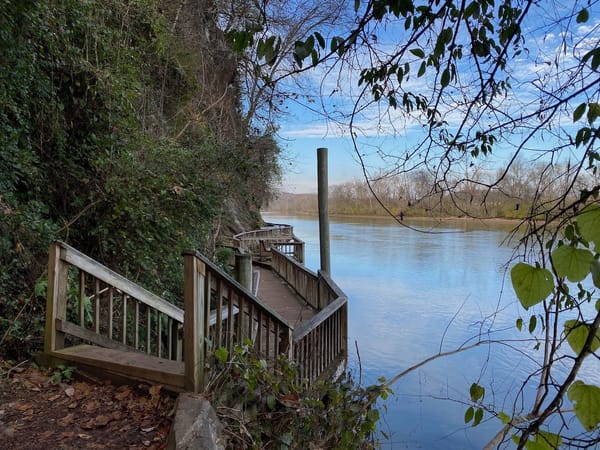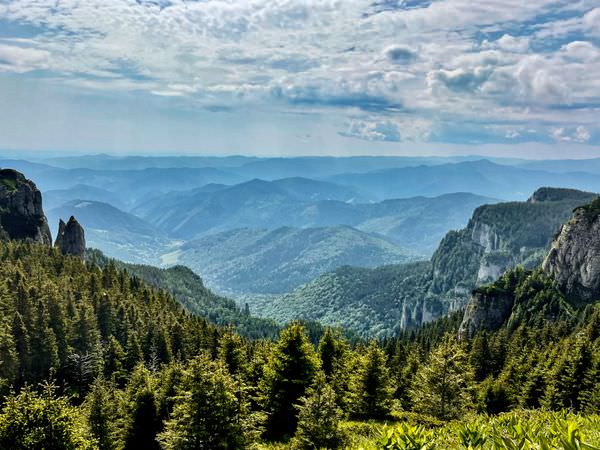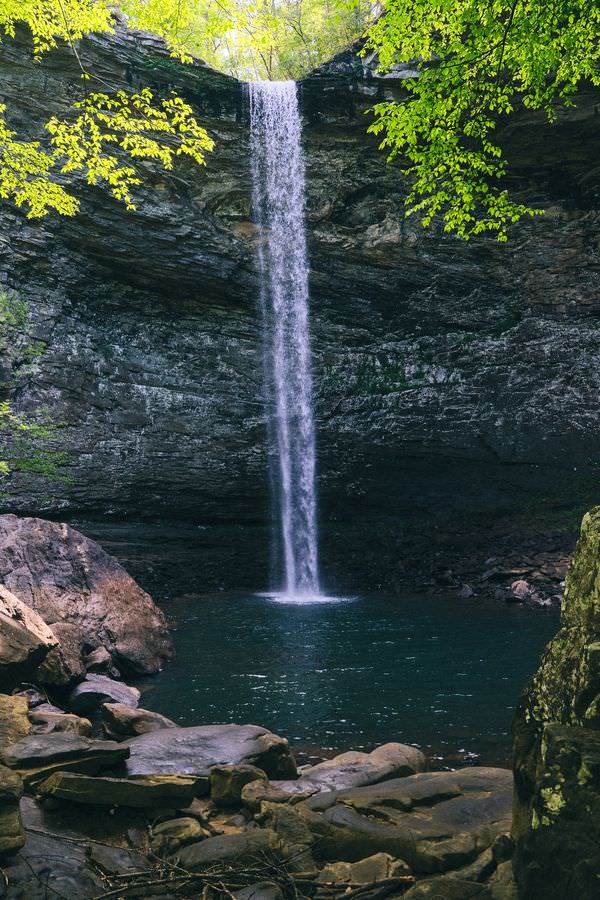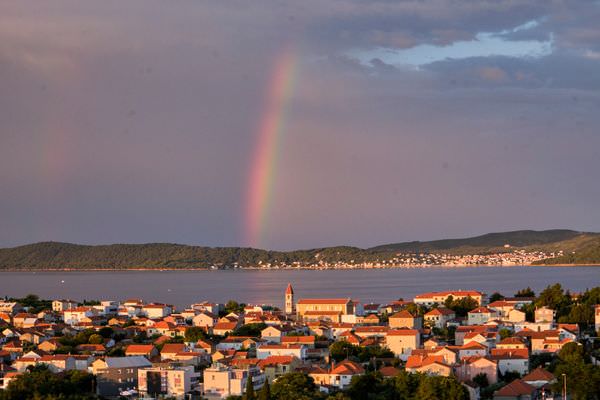Joshua Tree National Park
Three different people, three different perspectives. Anna and her sons tell of their experience of Joshua Tree National Park.
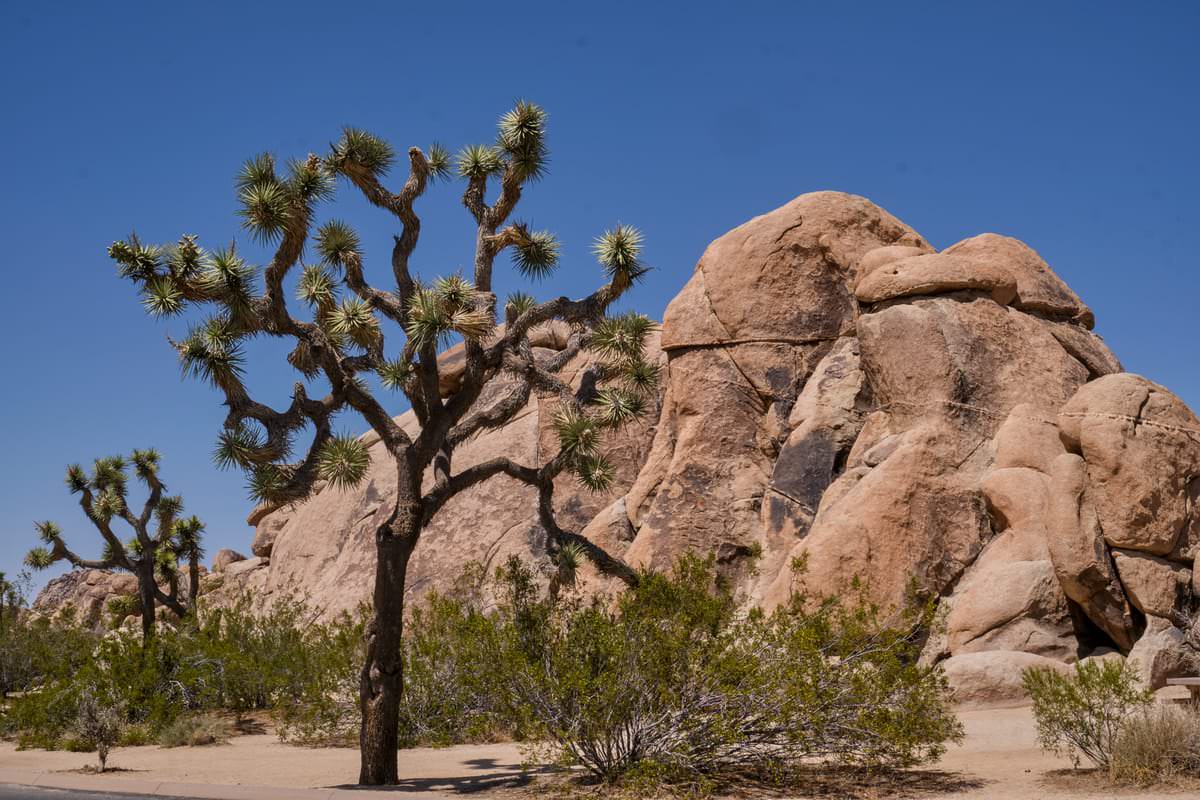
Joshua Tree National Park is an American national park in California, east of Los Angeles and north of Palm Springs. It is named after the Joshua trees native to the Mojave Desert. It is slightly larger than the State of Rhode Island at 429,690 acres of designated wilderness. Furthermore, it includes parts of two deserts, each an ecosystem whose characteristics are determined primarily by elevation: the higher Mojave Desert and the lower Colorado Desert.
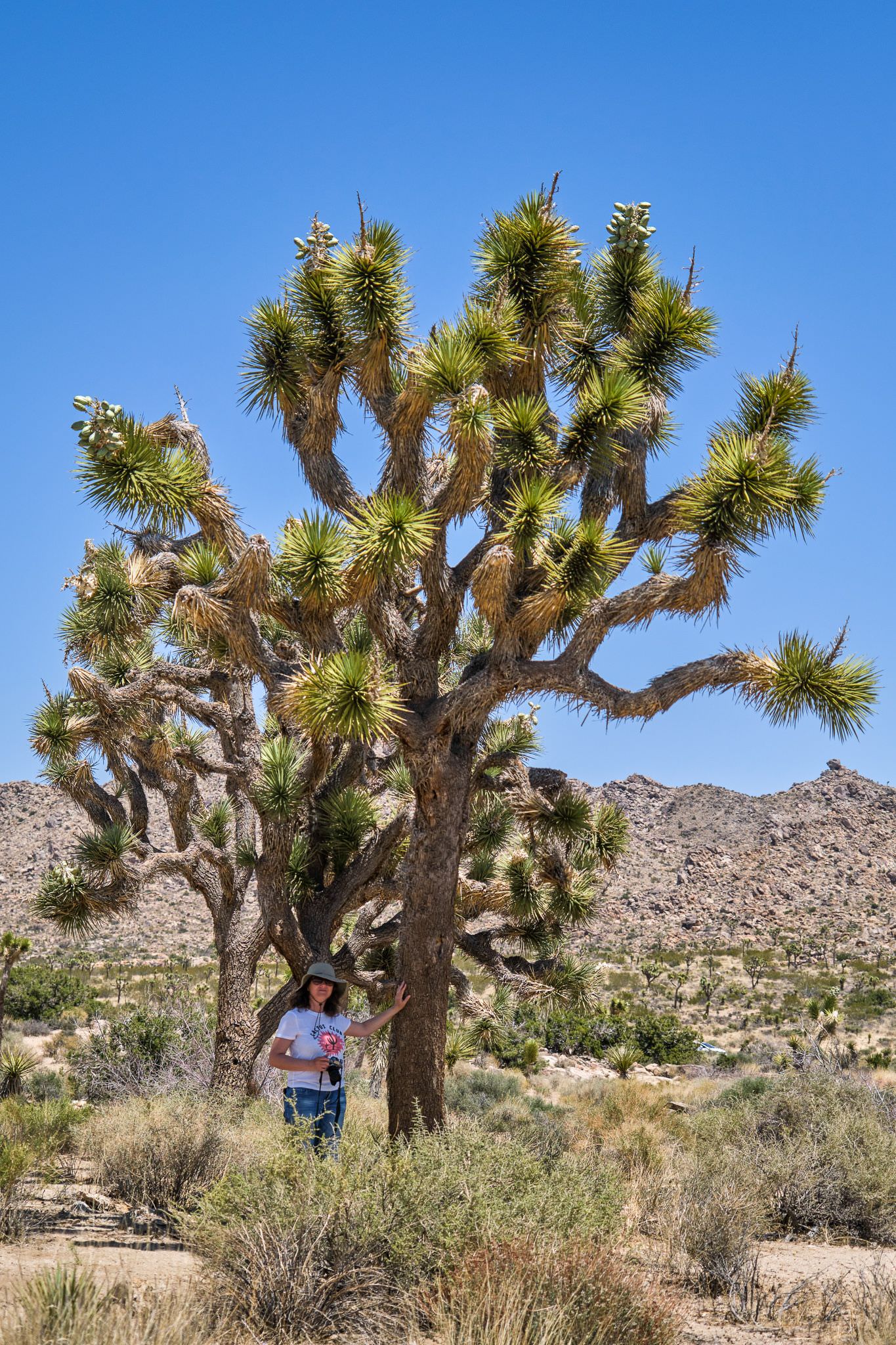
The Park features as geological formations hills of bare rock, inselbergs, usually broken up into loose boulders, an attraction to rock climbers.
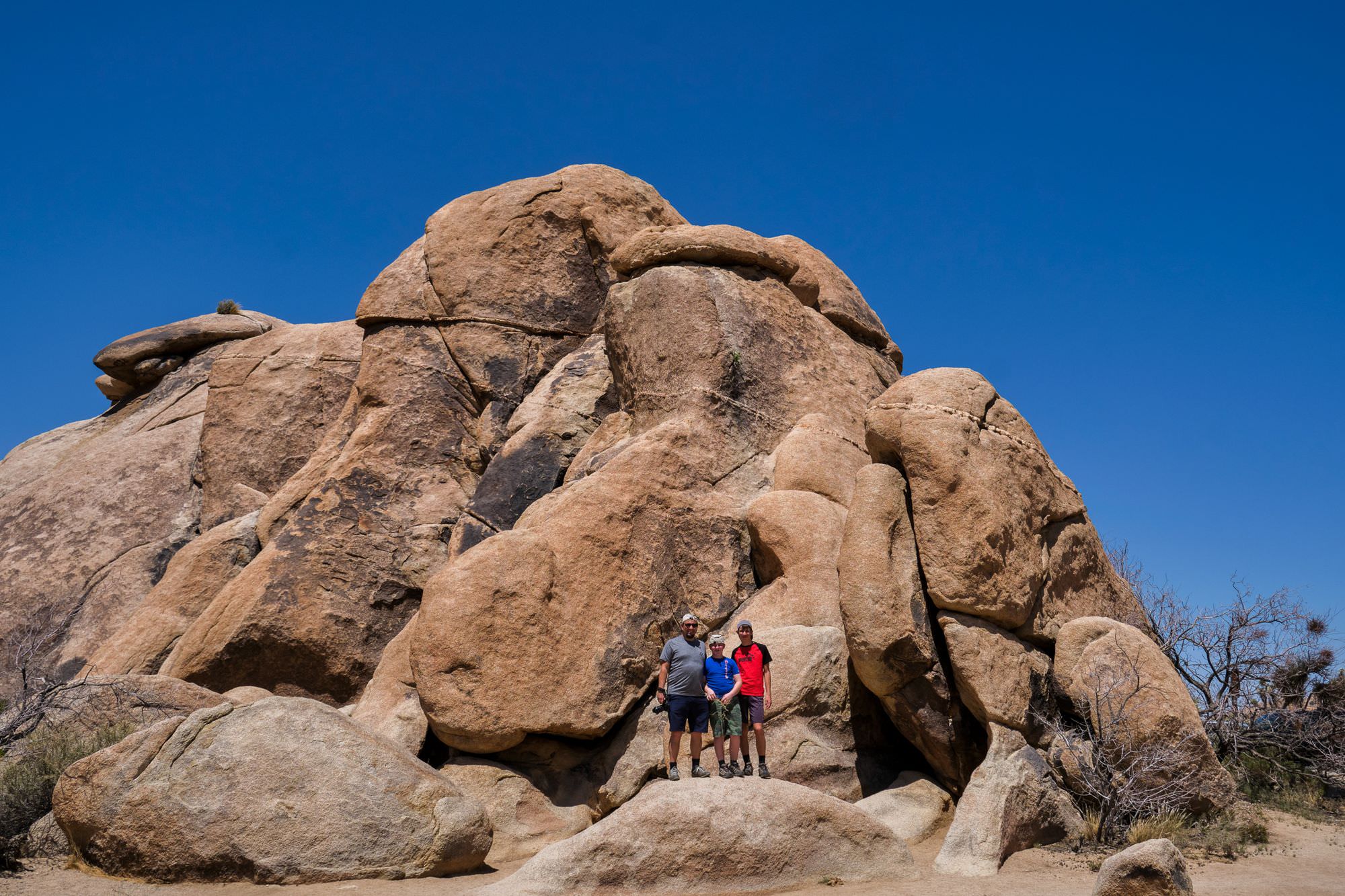
I am not a fan of deserts, but I like this one because of the Joshua trees. I think these fuzzy, funny shaped trees are remarkable. [Must be the fuzzy appearance that make me think of the trees in Dr. Seuss' story, "The Lorax" although it appears Monterey Cypress trees had inspired the writer.]
We visited this park on several occasions while we lived in California a few years back. Luckily, this time we came at the beginning of summer, so it wasn't the hottest it could get. I find heat, especially desert heat, very oppressive. It wears me down and depresses me greatly.
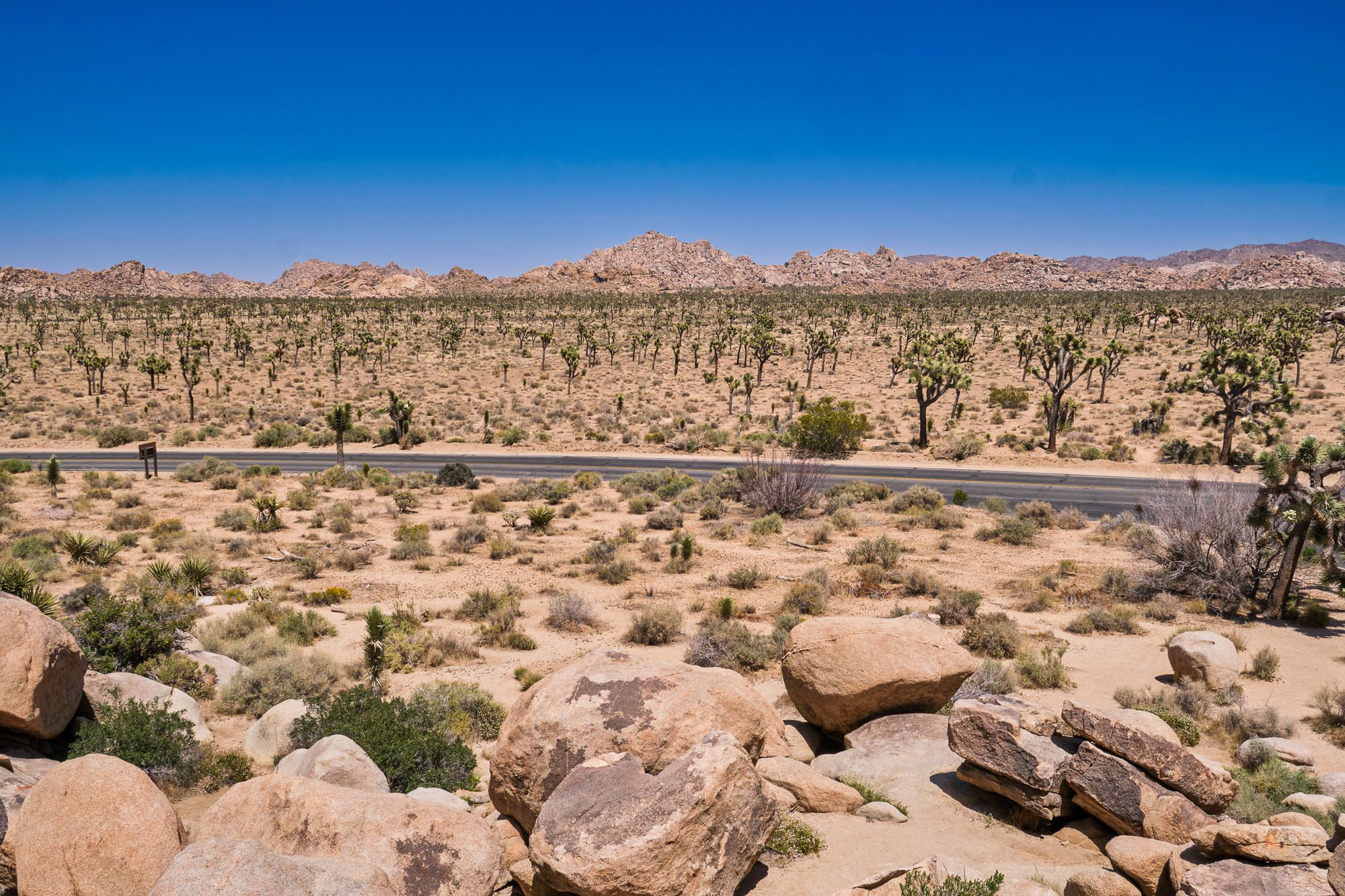
Going back to Joshua Tree National Park at the beginning of May was a good idea. It wasn't so hot nor crowded, and I missed seeing the Joshua trees. Seeing them again almost felt like a reunion with old friends, each one different, each one unique. There were patches of wild flowers spring blossoms from place to place and cacti with flowers.
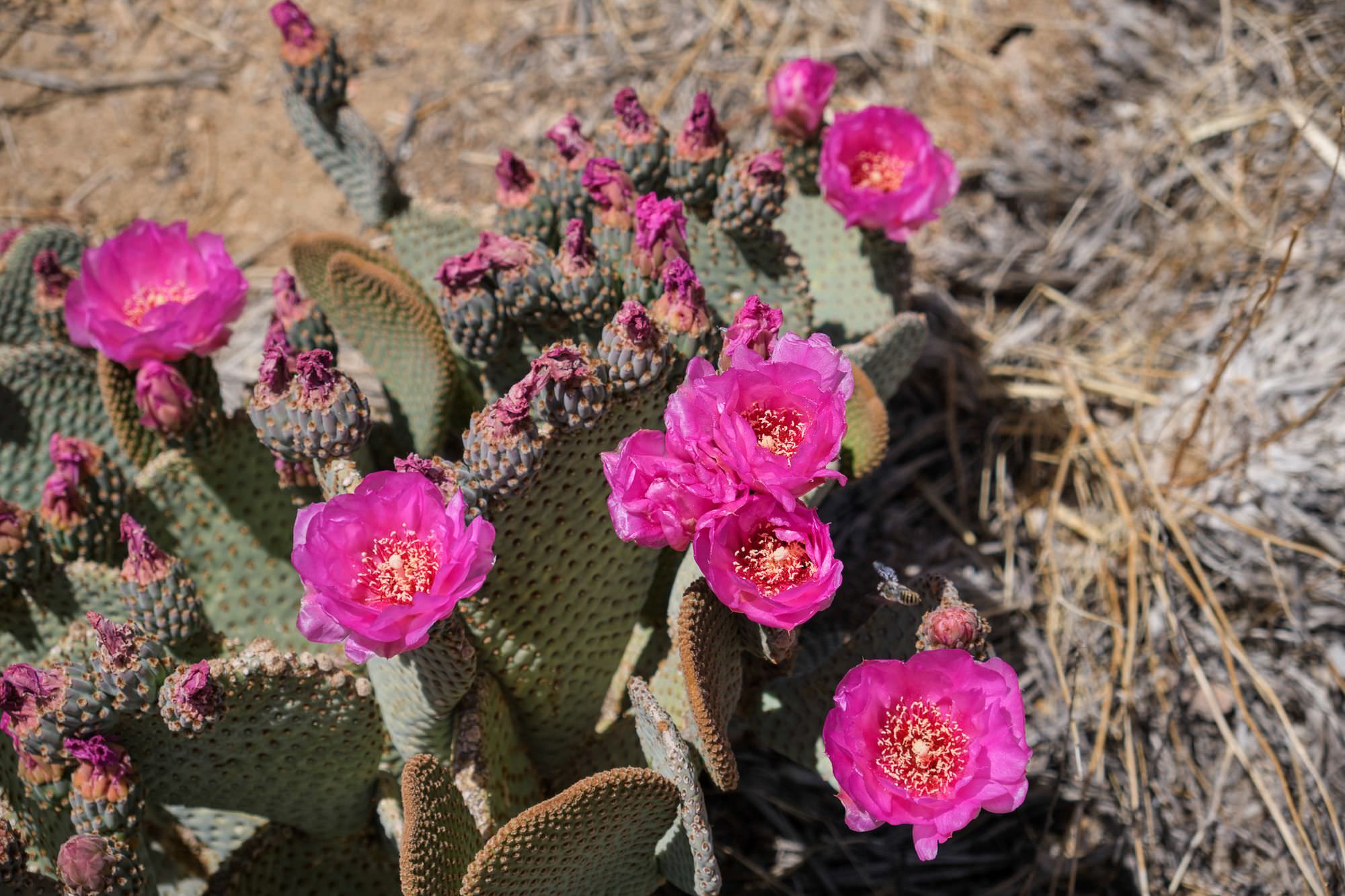
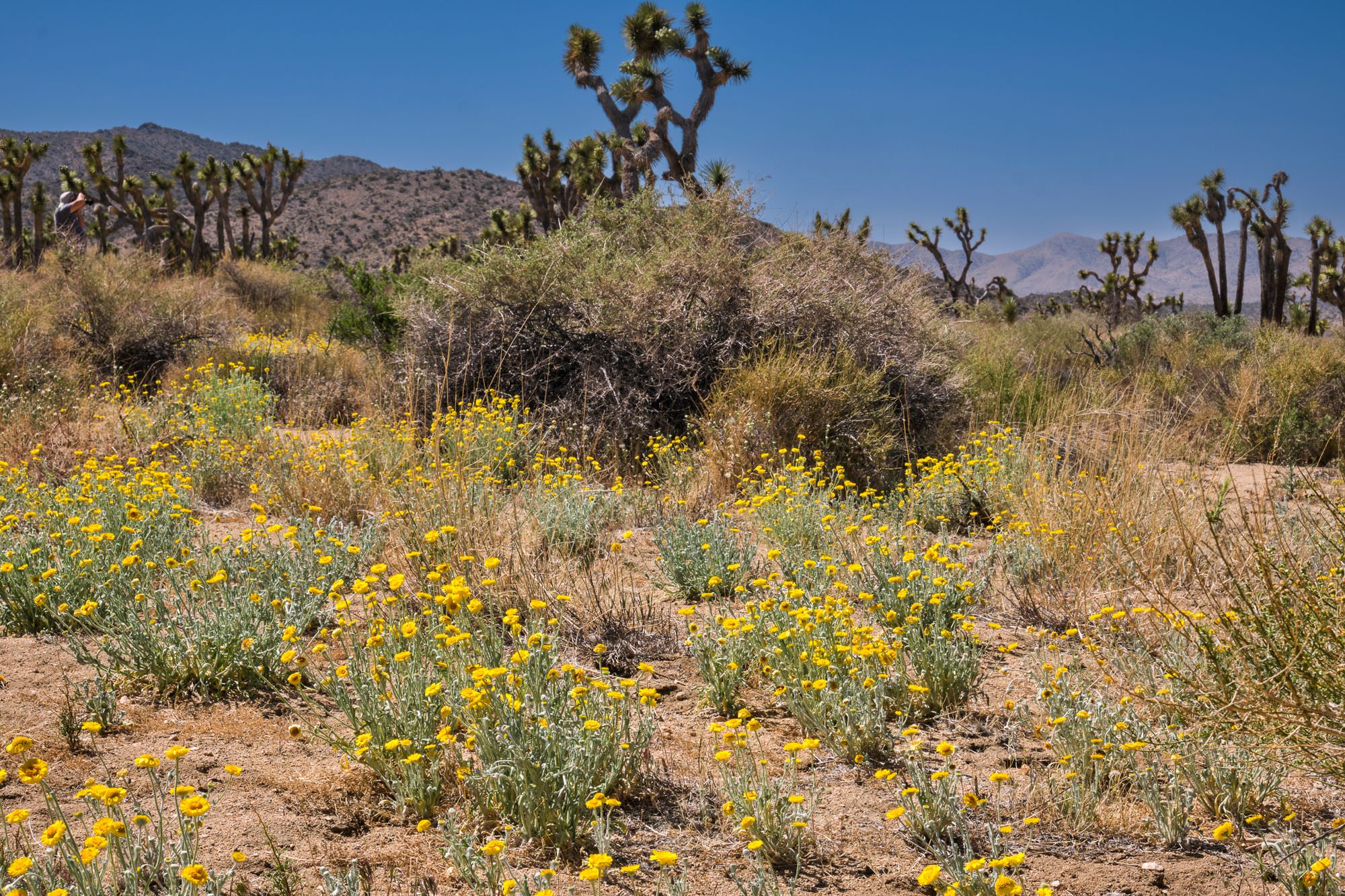
The large boulders that we came across from time to time were motivation enough for my boys to go outside, away from the cool and comfy AC of our car. I had mixed feelings watching them try to find the best way to the top of the hill and helping each other to do so. I was glad that they work together, but afraid they might fall. But what are boys to do apart from what boys do. I relied on their sense of responsibility spurred by my constant reminding them to be responsible, and I also prayed that God may protect their feet from slipping. God is good, He helped us survive the day with all our bones intact.
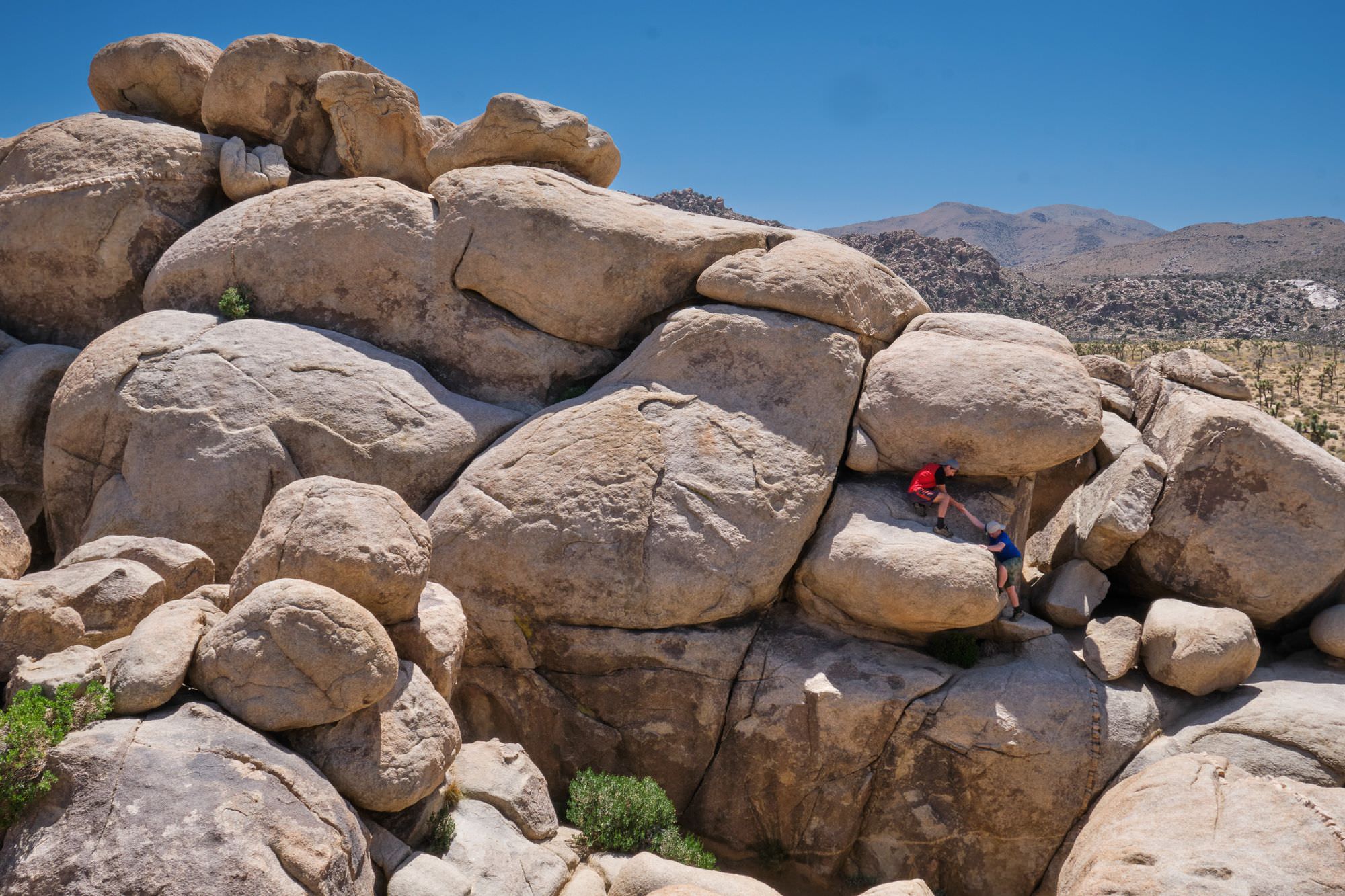
At the end of our drive through the Park was the Cholla cacti garden. I was glad I was able to see a few cholla cacti flowers, what was left of the spring blossom.
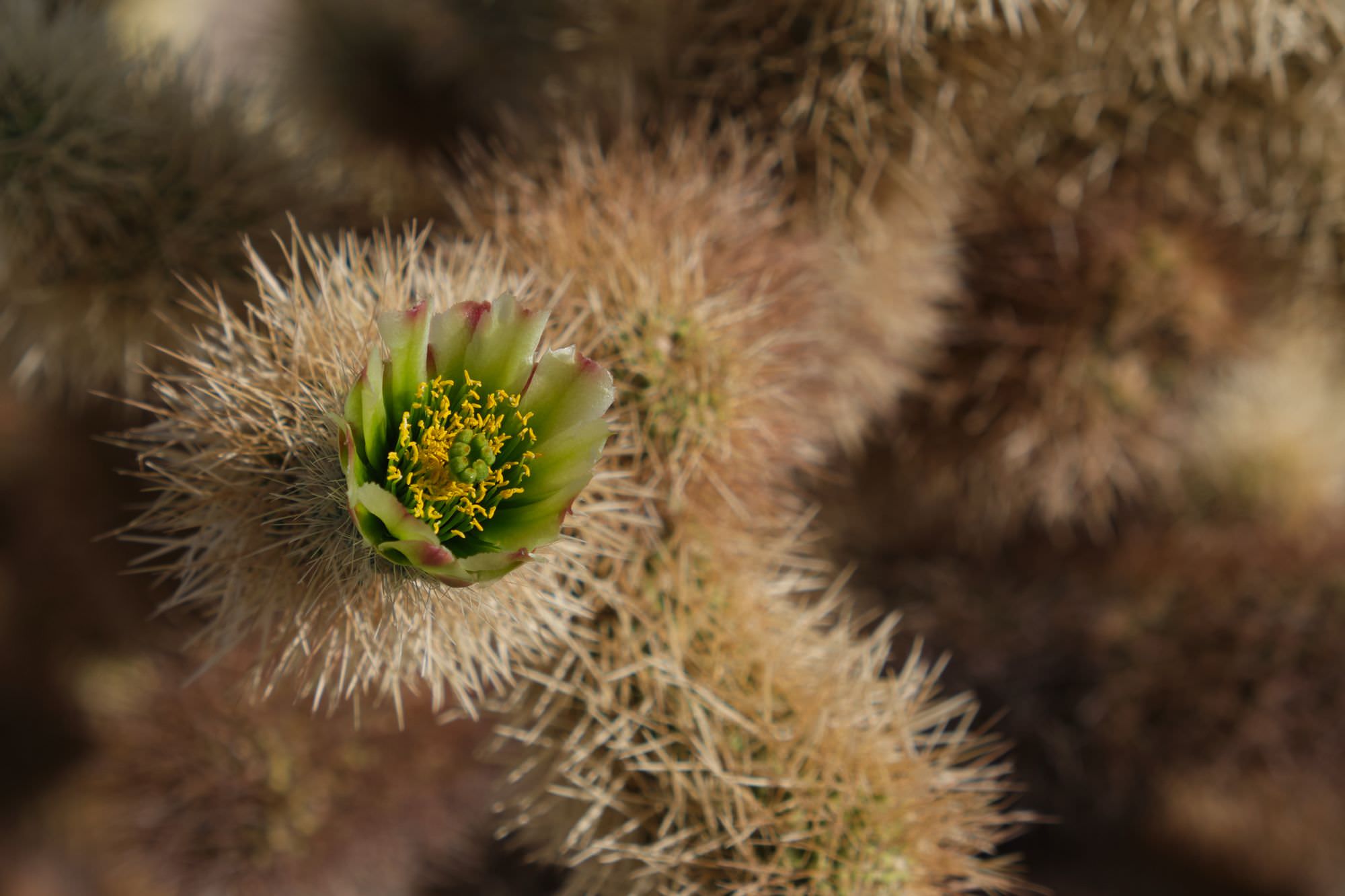
Mihai, 14
Joshua Tree National Park is an area in California where you can see hundreds of the type of yucca tree called Joshua Trees. Seeing the spiky trees isn't the only thing to do at the park, you can also see spectacular views from the tops of some mountains or do a wee bit of rock climbing.
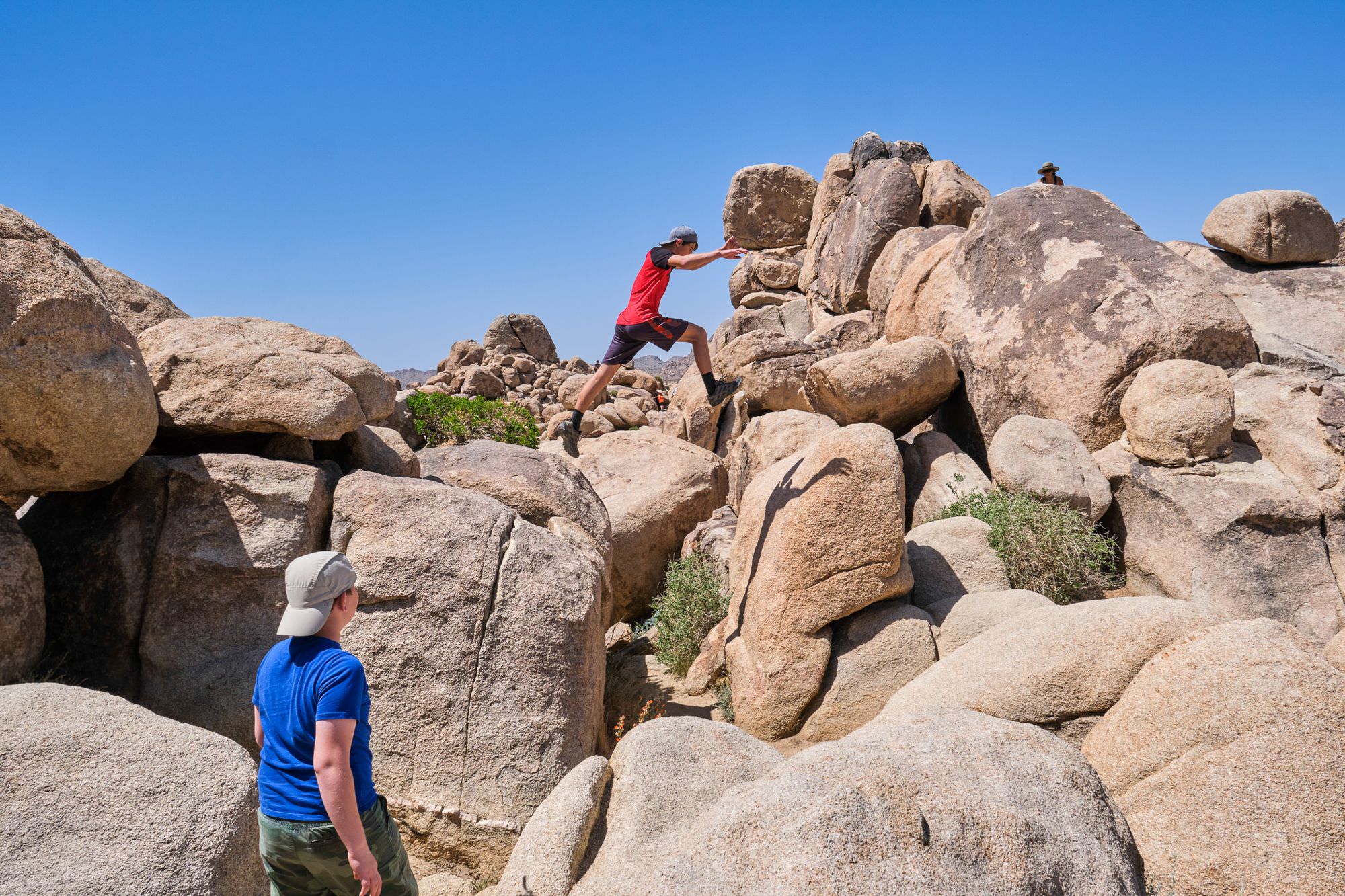
When we got to the park, we went to a small trail that took us through the masses of Joshua trees. But plants and rocks are not the only things to see there. I also saw some wildlife, like a few birds, a horned lizard resting in the sun, and a chuckwalla on a rock.
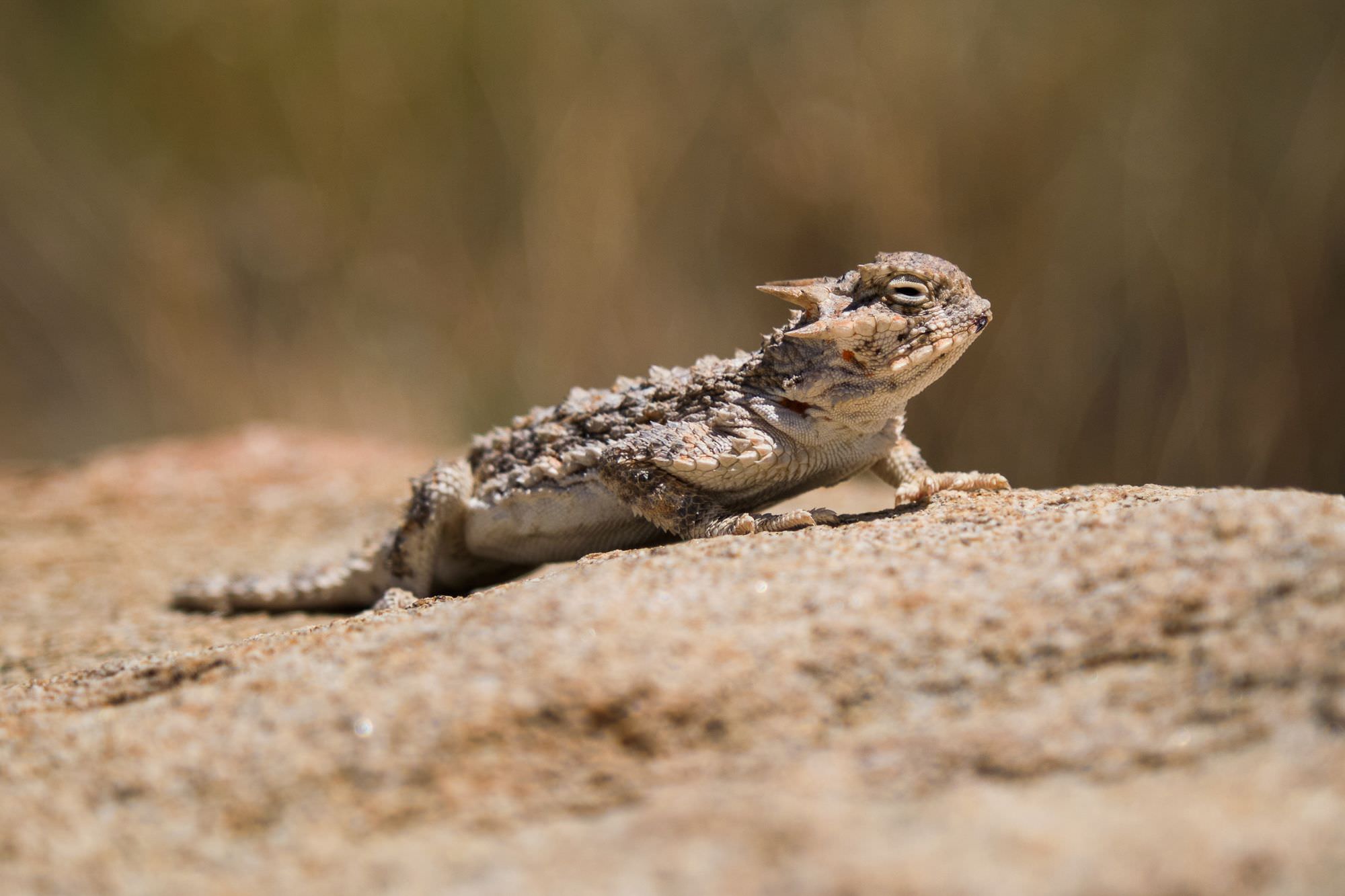
We continued on the road and soon came to a large rock formation, which we decided to climb. After clambering to the top of one rock, we discovered that it was not possible to get to its top, so we went to another one to try our skills there.
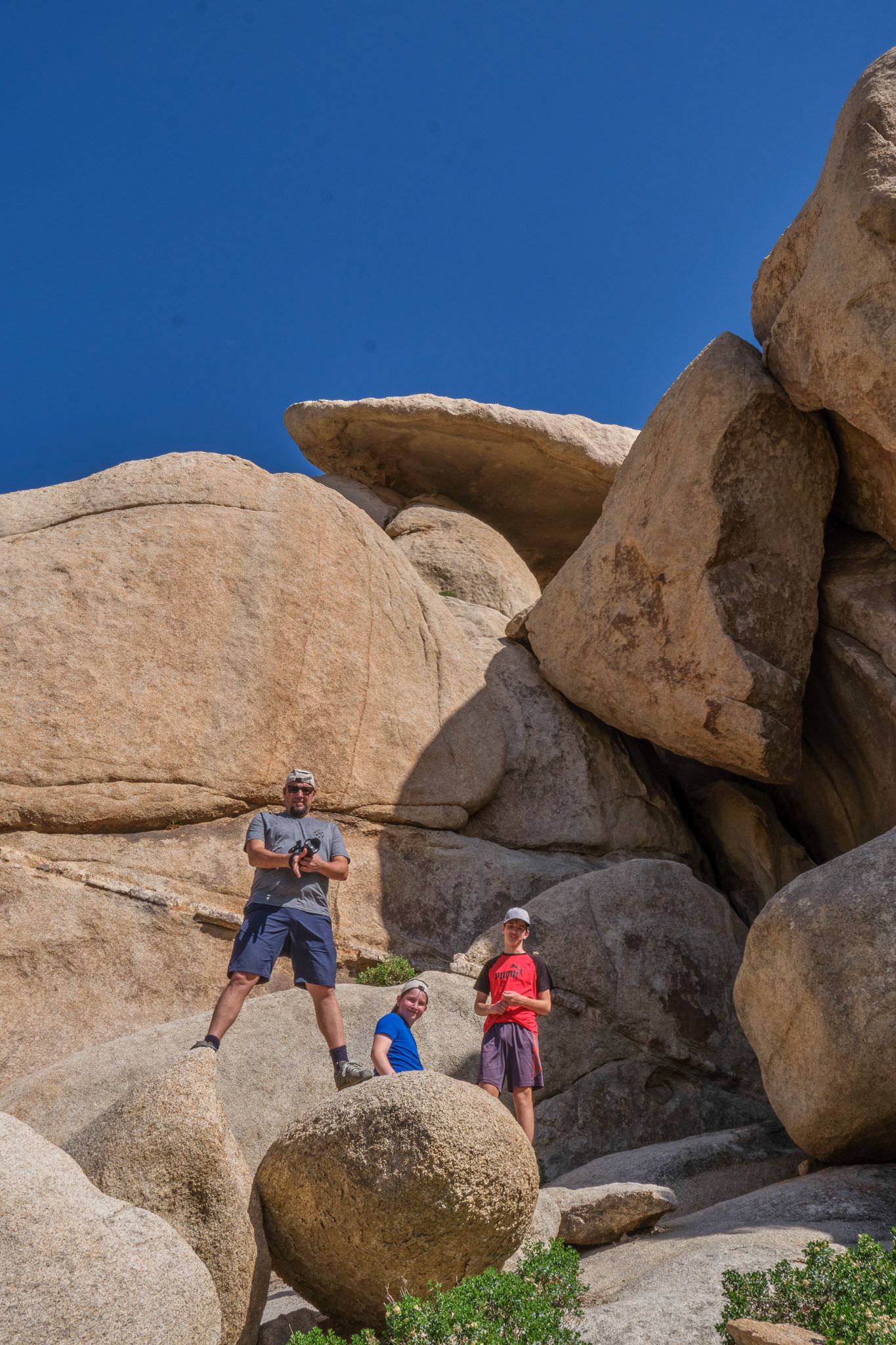
The next rock formation was close to a cliff and had a bush growing halfway up the surface on a small ledge. I climbed to the top, which wasn't easy because I had to climb a boulder that was already high up in the air. We went to see the cliffs, but didn't climb them because we didn't have enough time.
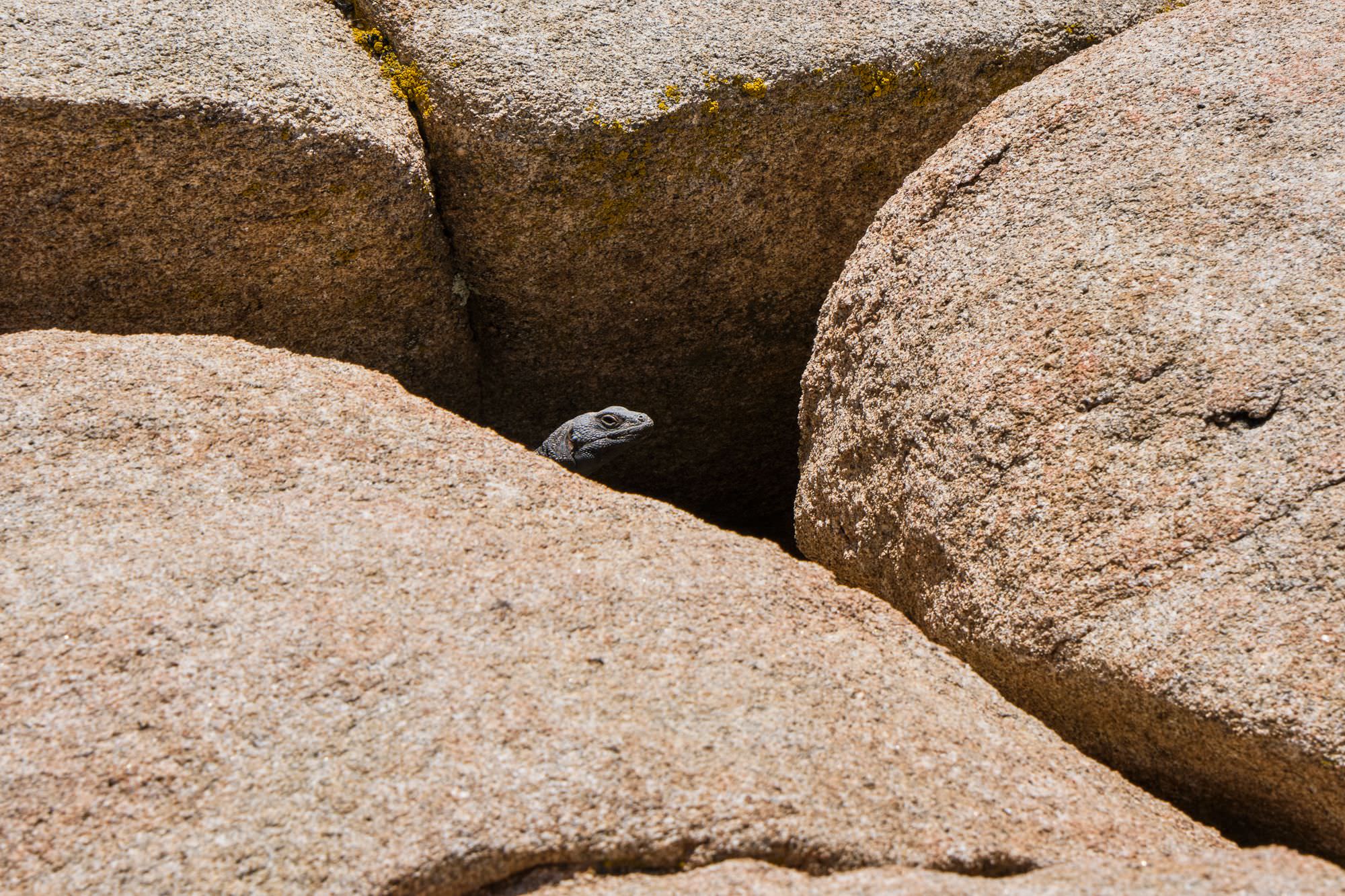
We saw more rock formations, including one that featured some massive boulders that were on top of each other, with a cave supposedly used by Native Americans nearby. Later, we passed by another boulder that looked like a skull, and went to the top of a mountain to see the National Park from above.
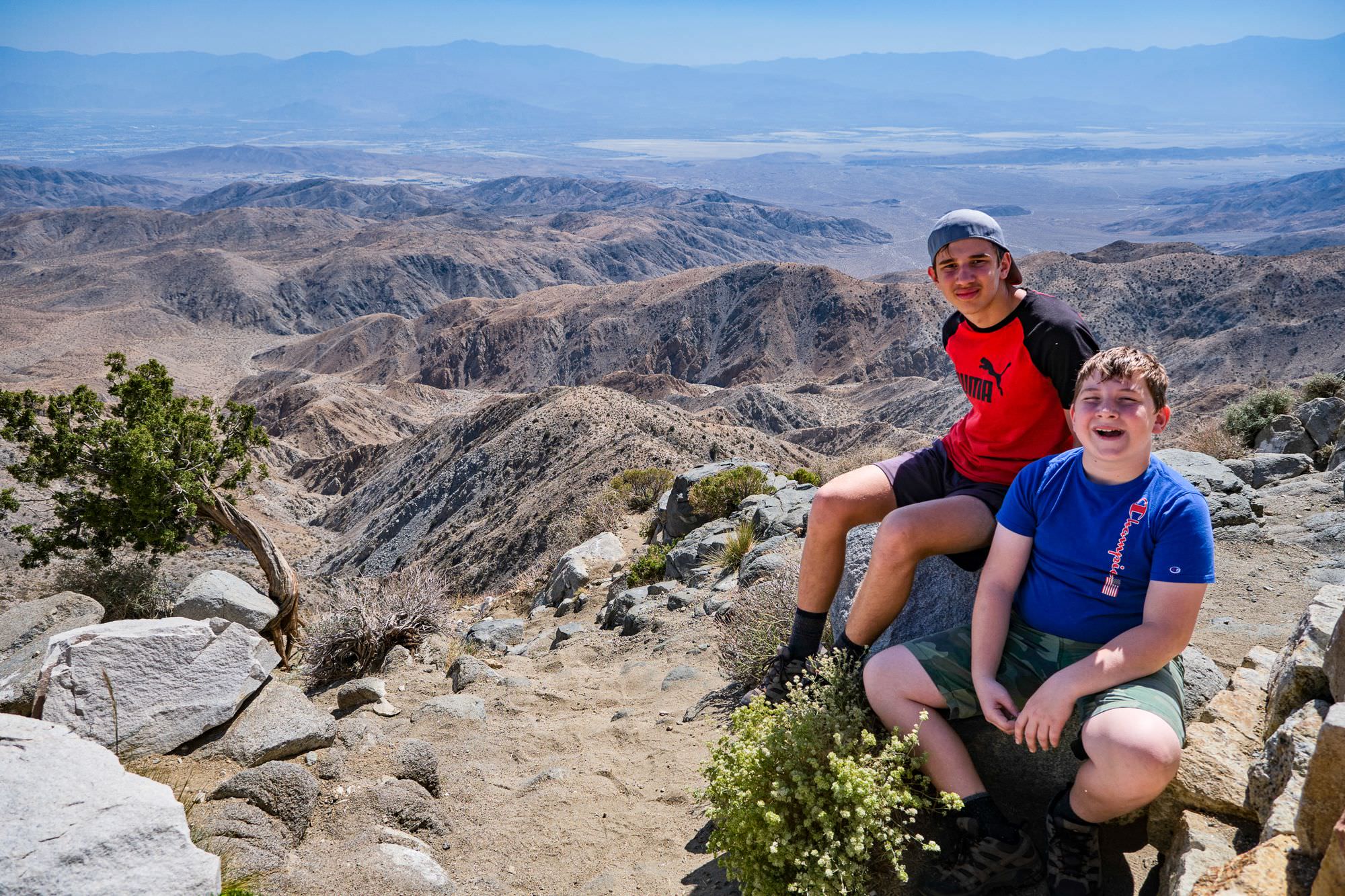
Finally, we went on a short trail, on which we saw a multitude of cholla cacti with very sharp spikes. A sign said not to touch the cacti because their spikes were small and hard to remove, unless you were a cactus wren, which is not affected by the sharp spines.
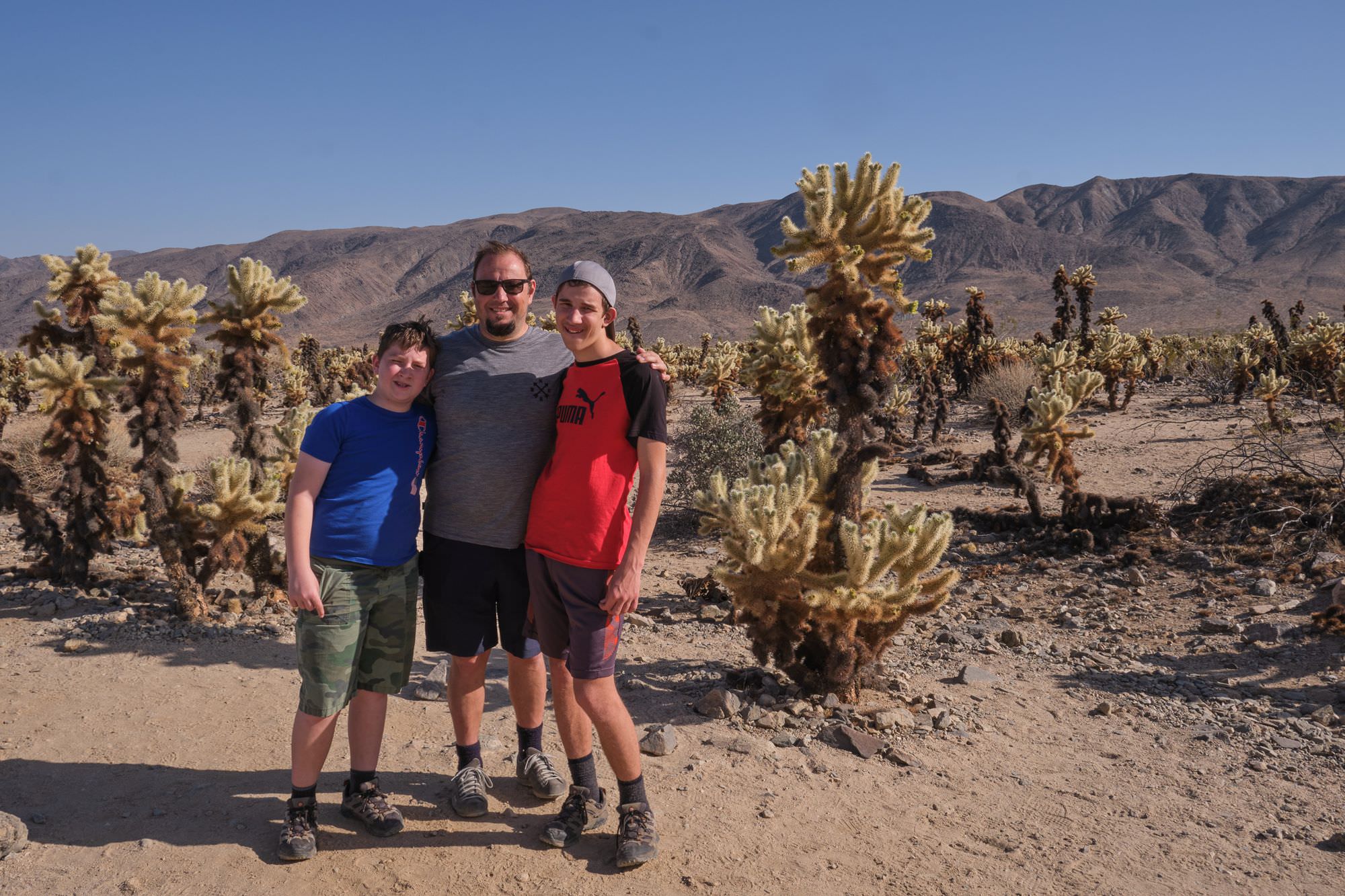
I liked climbing the massive rocks that were around the park.
Joshua Tree National Park is:
The sharp spikes of the killer cacti;
The stench of the dead rat on the cactus;
The skittering that the lizard made as it ran on the sand;
The rough rock that I was climbing;
The distant desert I saw from the top of the mountain.
I would go again to climb more rocks!
Paul, 11
Joshua Tree National Park is a place where there are numerous Joshua trees and giant rocks. With an area of 795,156 acres, this park is massive with many stops and attractions.
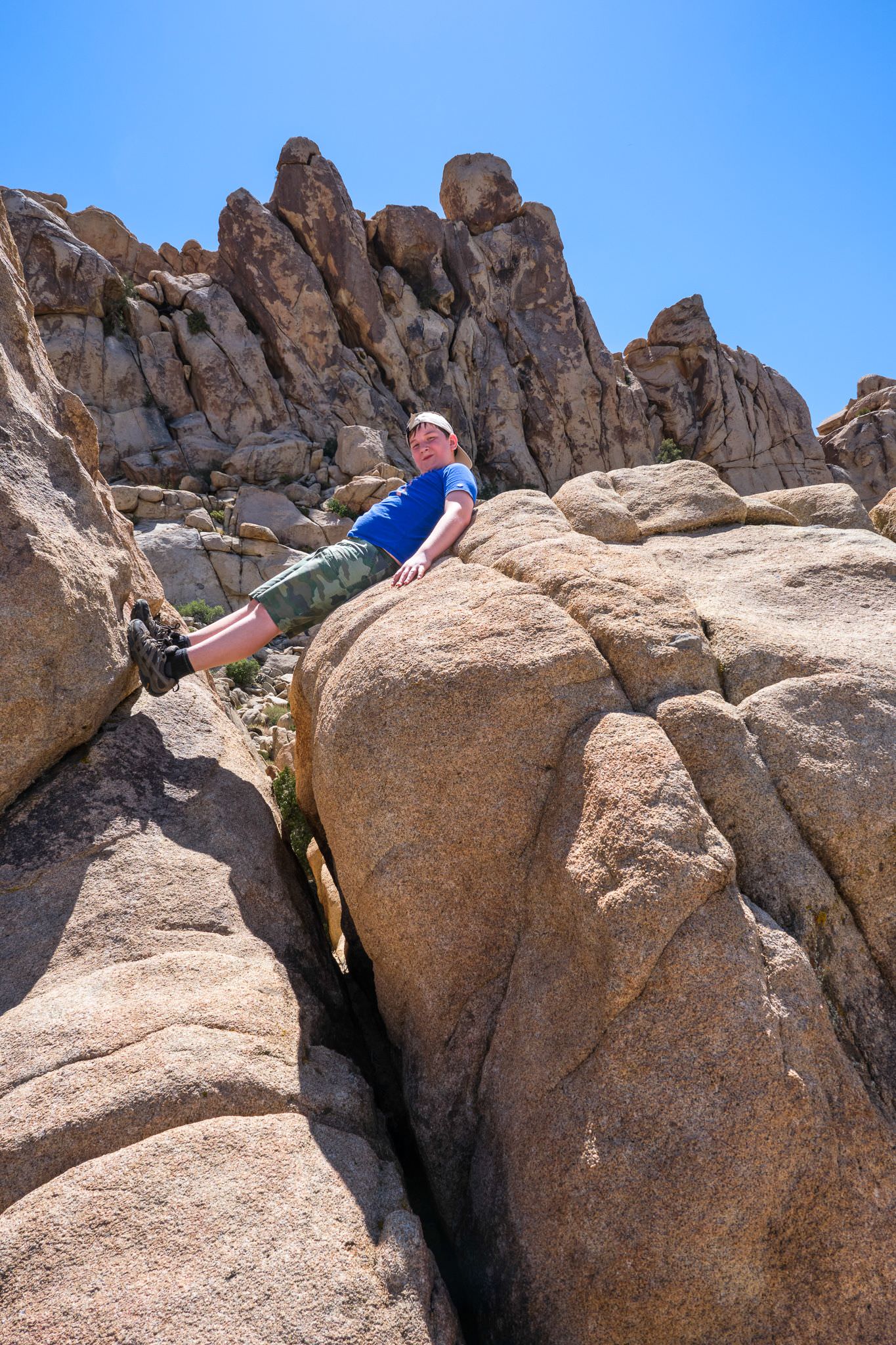
The first place we stopped was a trail, in which we saw one of my favorite lizards: the horned lizard! When we went to the trail, it was so hot, my hat got soaked in sweat during the first few minutes. I wanted to catch the lizard, but it moved so fast that I could barely catch up.
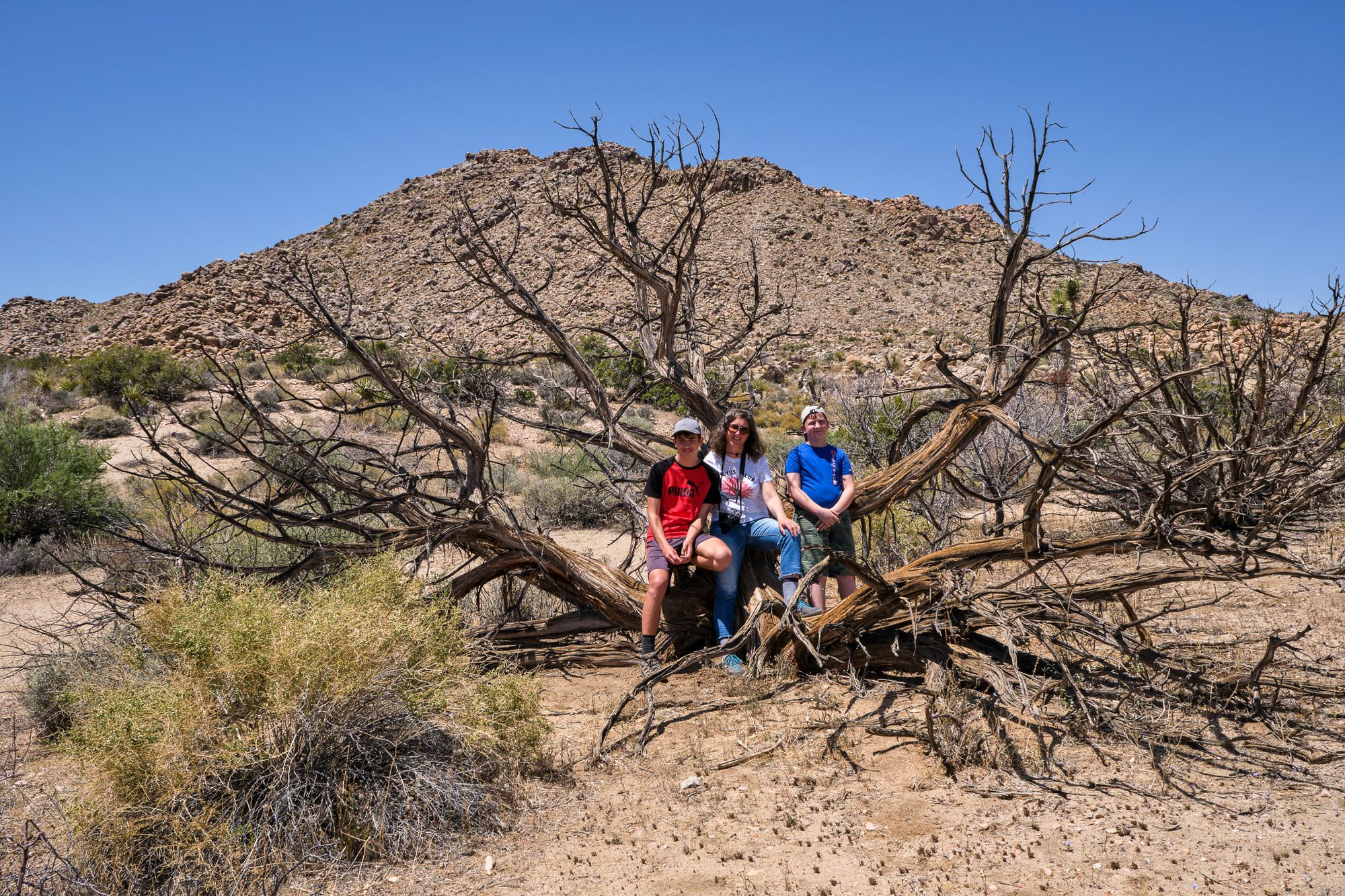
Our second stop had a nearby rock cluster, so we began climbing it. There was one small problem. When we had gone up the rock, all was good and well until we needed to go down again. Mihai slid down, but I crawled like a snail and reached the bottom.
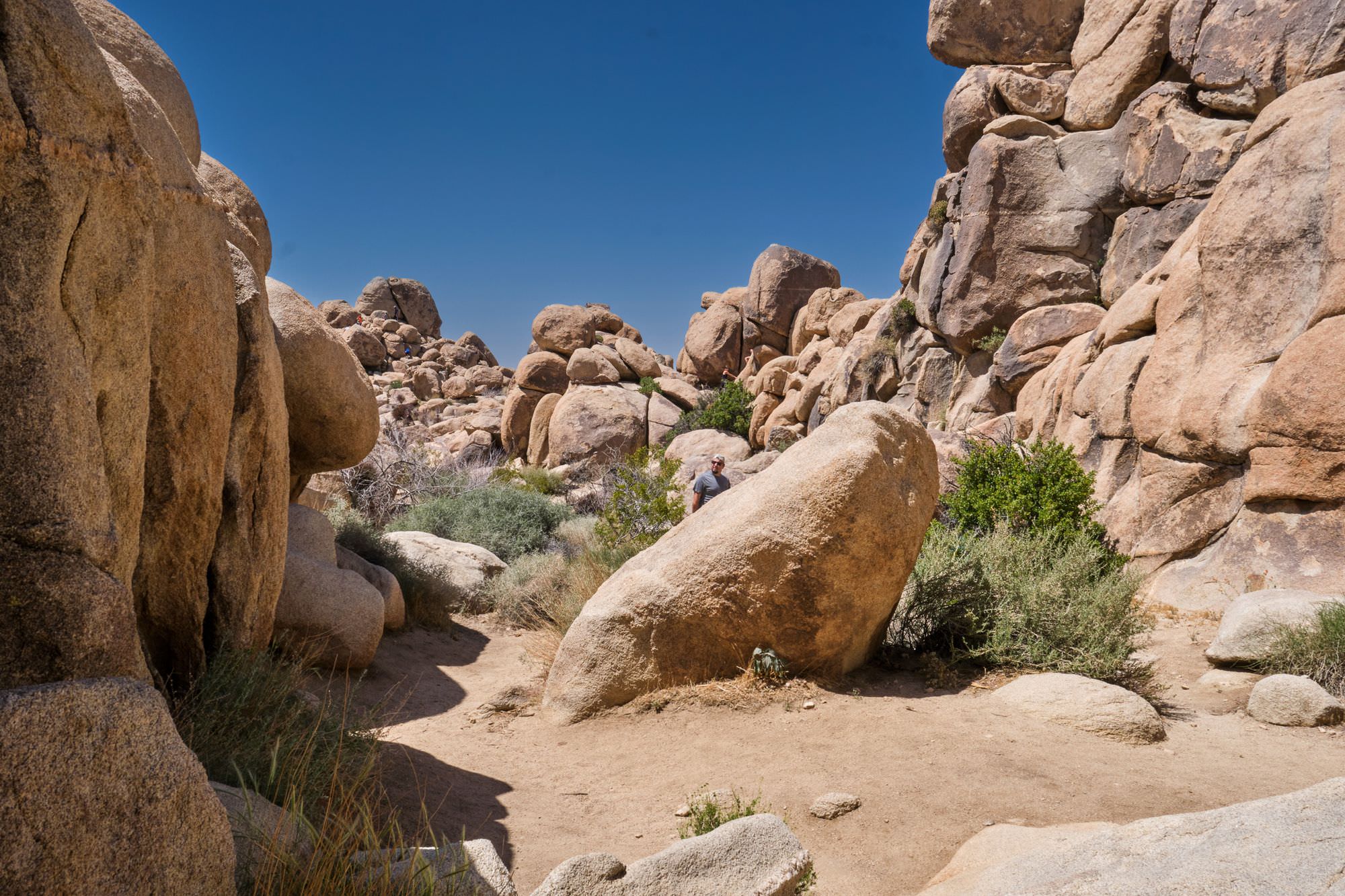
One of our last stops was a giant cliff that loomed above us ominously. I and Mihai wanted to climb it, but it would have taken too long to get to the top. Luckily, there was a smaller rock which we soon started climbing and reached the top. Mom did not want to go to the top, so Mihai took her camera and shot a few photos.
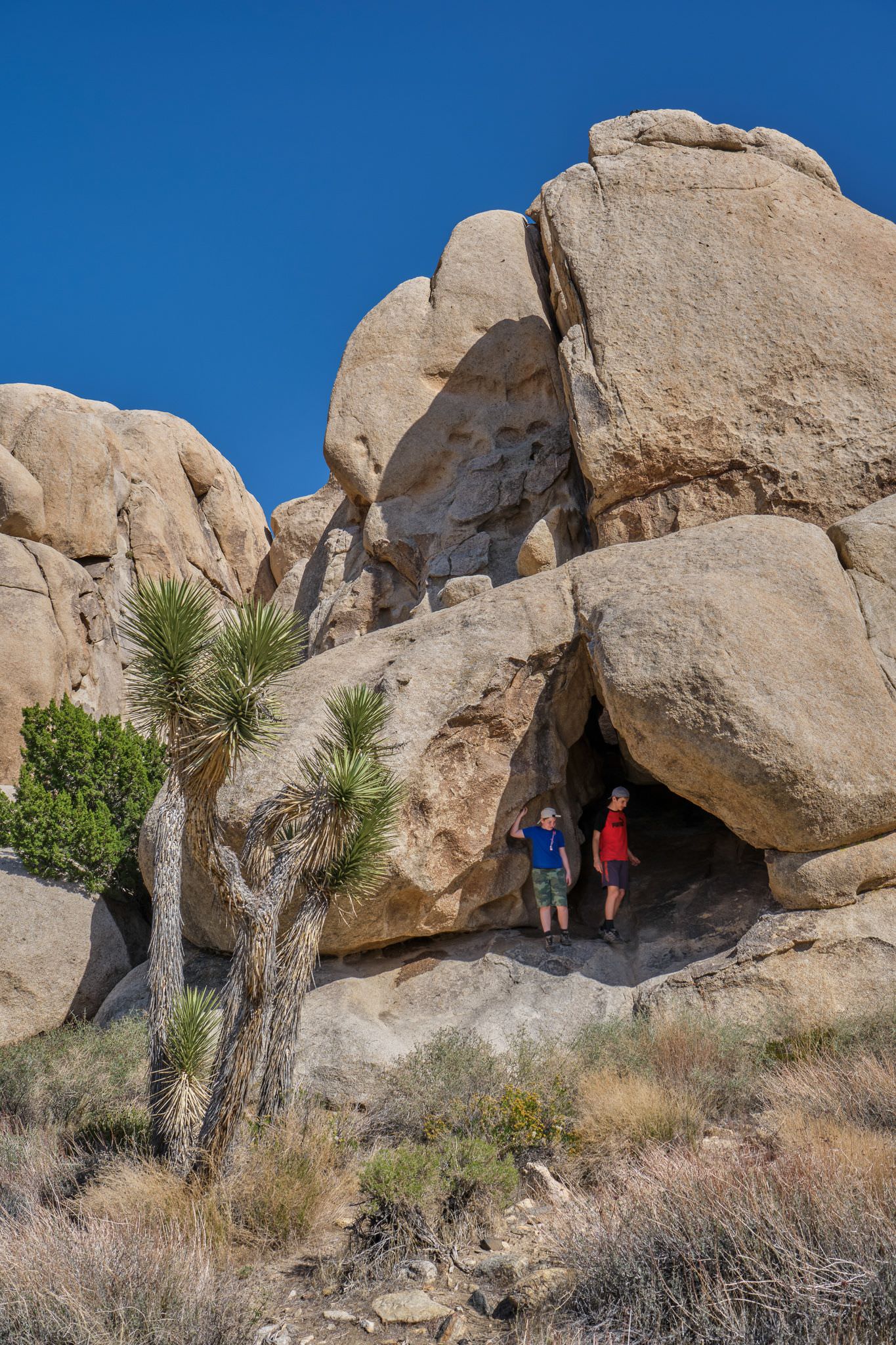
My favorite part of this trip was trying to catch the lizard and to keep it as a pet.
Joshua Tree National Park was for me:
The spiky face of the horned lizard glaring at me;
The soaked interior of my hat;
The skittering sound the lizard made running away from me;
The rough edges of the rock that I crawled down;
A cold breeze cooling me down.
I would go again to catch the lizard and keep him.
